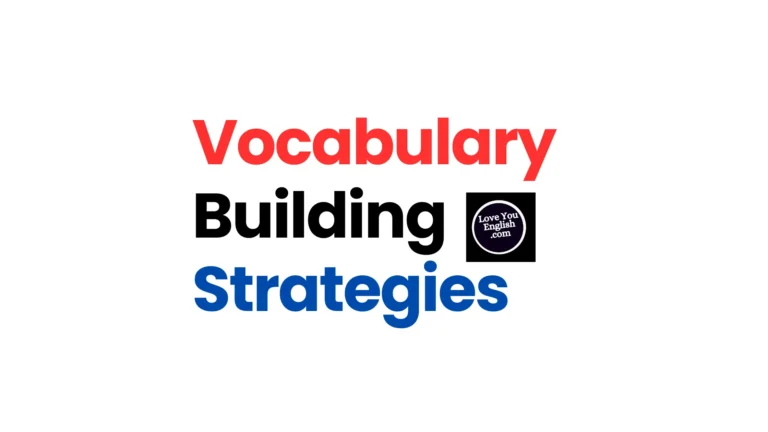10 Proven Tips to Practice Speaking English At Home
Sharing is caring!
Learning English doesn’t have to be limited to the classroom. In fact, one of the best ways to improve your speaking skills is to practice at home. But how do you do that when you’re not surrounded by other English speakers? Don’t worry! Here are 10 simple, proven tips that can help you practice speaking English at home and become more confident.
1. Talk to Yourself
One of the easiest ways to practice speaking English at home is by talking to yourself. This might sound strange, but it’s a great way to get used to forming sentences and using new words. You can start by describing what you’re doing. For example, if you’re cooking, you could say, “I am chopping the vegetables,” or “I need to add salt to the soup.” The more you speak to yourself, the more comfortable you will become.
2. Record Yourself Speaking
Recording yourself can help you see how much you’ve improved over time. Use your phone or computer to record yourself speaking in English. It could be a story, a summary of your day, or just a random conversation. Afterward, listen to the recording. Are you pronouncing words clearly? Are you using the right tenses? This will give you a clear idea of what areas you need to improve.
3. Use Language Learning Apps
There are many apps designed to help you practice speaking English. Apps like Duolingo, Babbel, or HelloTalk provide a great opportunity to practice speaking at your own pace. Some apps even have voice recognition, so you can check your pronunciation. Try to use these apps daily for just a few minutes. Consistency is key!
4. Shadow Native Speakers
Shadowing is a technique where you listen to a native speaker and repeat what they say immediately after. This method helps improve your pronunciation and fluency. You can use YouTube, podcasts, or movies to find native speakers. Watch a video and pause it after a sentence. Then, try to repeat what was said, matching the speed and intonation. This will help you sound more natural.
5. Join an Online Language Exchange
If you want to practice speaking with someone else, try finding a language exchange partner. You can use websites like Tandem or Speaky to find someone who speaks English and wants to learn your language. You can practice speaking English with them, and they can practice speaking your language with you. This is a fun and effective way to practice speaking, especially if you’re shy or don’t have anyone around who speaks English.
6. Read Aloud
Reading aloud is another great way to practice speaking English. Pick up a book, magazine, or article, and read it out loud. Focus on pronunciation, rhythm, and fluency. This will help you get used to speaking English clearly and confidently. You can also try reading dialogue from plays or scripts to make your speech sound more natural.
7. Create a Speaking Routine
Setting aside specific times each day to practice speaking will help you stay committed. You can create a speaking routine, such as speaking for 15 minutes in the morning or before bed. It can be anything—talking to yourself, reading aloud, or even practicing with an app. The goal is to make speaking a regular part of your day.
8. Watch Movies or TV Shows in English
Watching movies and TV shows is a fun way to improve your speaking skills. Choose shows that you like and that have English subtitles. As you watch, try to mimic the way the characters speak. Pay attention to their intonation, speed, and how they form sentences. After watching a scene, repeat the lines or summarize what happened in your own words. This helps you learn new vocabulary and improves your pronunciation.
9. Engage in Online Discussions
There are many forums and online groups where people discuss topics in English. Join a group related to your interests, and start participating in conversations. Websites like Reddit, language learning forums, or Facebook groups have many active English speakers who would be happy to chat with you. Writing in these groups is helpful, but don’t forget to speak too. You can even ask questions and share your opinions in voice messages.
10. Use Flashcards for Speaking Practice
Flashcards aren’t just for memorizing vocabulary; they can also be used to practice speaking. Write a question or topic on one side of a card, and the answer on the other. For example, the front might say “What’s your favorite hobby?” and the back could have a sample answer. Pick a card and practice speaking out loud. Over time, you’ll be able to answer these questions easily without looking at the cards.
Conclusion
Practicing speaking English at home doesn’t have to be difficult or expensive.
By following these 10 tips, you can improve your speaking skills and become more confident. The key is consistency. The more you practice, the better you’ll get.
So, start today—talk to yourself, record your voice, and engage with others in English.
You’ll be amazed at how much progress you can make with just a few minutes of practice each day!
Read more:
- 250 Simple English Sentences for Everyday Conversations
- 100 Simple Questions and Answers using “HOW”
- 1000 Most Common Words in English
- How to Describe a Concert in English
- How to Speak English Fluently – Top 20 Tips
- How to Describe a Movie in English
Resources:
Sharing is caring!








